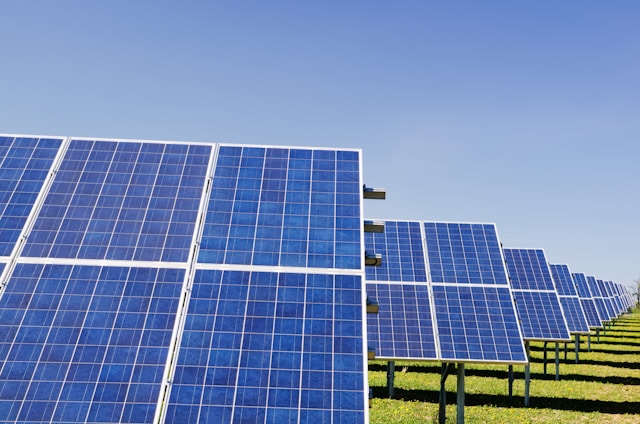When people talk about clean energy, the conversation usually turns to solar panels, electric cars, and wind farms. What often gets missed is how energy assistance programs quietly drive the same green shift from the ground up.
These programs create room for change, one home, one neighborhood at a time. Across towns and cities, low-income households are using these programs to upgrade old appliances, improve insulation, and move toward renewable power sources.
Each step may seem small, but together they form a chain reaction of cleaner air and lower emissions. Let’s take a look at how energy assistance programs work. We also discuss their contribution in bringing social and environmental progress under the same roof.
Why Energy Help Programs Matter
For many households, monthly energy bills are a heavy burden. Cold winters, hot summers, leaky windows, or old appliances push these costs even higher. Now imagine trying to pay those bills while also facing economic stress. Energy assistance programs try to ease that pressure.
For example, the Low Income Home Energy Assistance Program (LIHEAP) helps households with their cooling and heating energy costs. It can also help cover energy-related home repairs.
These programs also connect people to clean energy options. Over time, these moves add up to result in lower emissions and cleaner air.
How Energy Assistance Programs Work
Let’s discuss how a general energy assistance program works.
Direct Help With Bills
In the US, the LIHEAP pays for part of heating or cooling costs. In some cases, the payout is up to $1,400 per household. It also helps when someone faces a utility cut so households don’t suddenly go without heat or electricity. States and local agencies often run their own versions. They set eligibility by income, household size, or energy usage.
Weatherization and Efficiency Upgrades
Some programs help fix homes so that they use less energy. They may seal drafts, upgrade insulation, replace inefficient heaters or windows, and fix ductwork. When homes become tighter and better controlled, energy use can drop.
Clean Energy and Solar Access for Low-Income Homes
Some modern efforts at energy assistance also wrap in renewable energy. Low-income households often face barriers to installing solar, such as high upfront costs and unstable roofs. To address that, programs are showing how energy assistance infrastructure can help enroll households into clean energy programs.
For example, the “Solar for All” program in Washington, DC, uses LIHEAP eligibility as a qualifier for free rooftop or community solar access. Similarly, a new tax incentive in the US, the Low-Income Communities Bonus Credit, gives credits for renewable energy projects that benefit low-income areas.
The Impact of Energy Assistance Programs
Energy assistance programs have social, economic, and environmental effects. Some of them are as follows.
Cutting Emissions and Reducing Waste
When homes run more efficiently, they burn or draw less energy. That means lower greenhouse gas emissions, so people can enjoy the benefits of air pollution control. On a large scale, these small changes can shift energy demand curves. Programs that add solar or distributed clean energy further reduce the burden on centralized fossil-fuel-based grids.
Stabilizing Household Budget and Improving Equity
Some families must choose between food and energy. With lower energy costs, these programs free up the money for other essentials, such as education, transportation, medicine, and so on.
They also improve equity. Lower-income or marginalized communities often live in older homes prone to energy waste. Energy assistance programs level part of the playing field for them by offering solutions like solar panels.
Local Economic Growth
Everything from upgrading homes to installing insulation or solar panels requires labor. Local contractors, electricians, and installers get work when energy help programs are launched. Communities can prioritize local hires and workforce programs in clean energy to turn assistance into employment opportunities.
Endnote
While it’s unrealistic to expect energy assistance programs to solve climate change alone, pairing them with policies that push clean energy supply, carbon pricing, and grid upgrades can be a step forward in building a greener future.
It’s about time that governments and communities treat these programs as the beneficial, eco-friendly tools that they are. If you’d like to explore available options, go through a list of energy assistance programs to see which ones are relevant to your area or needs.




